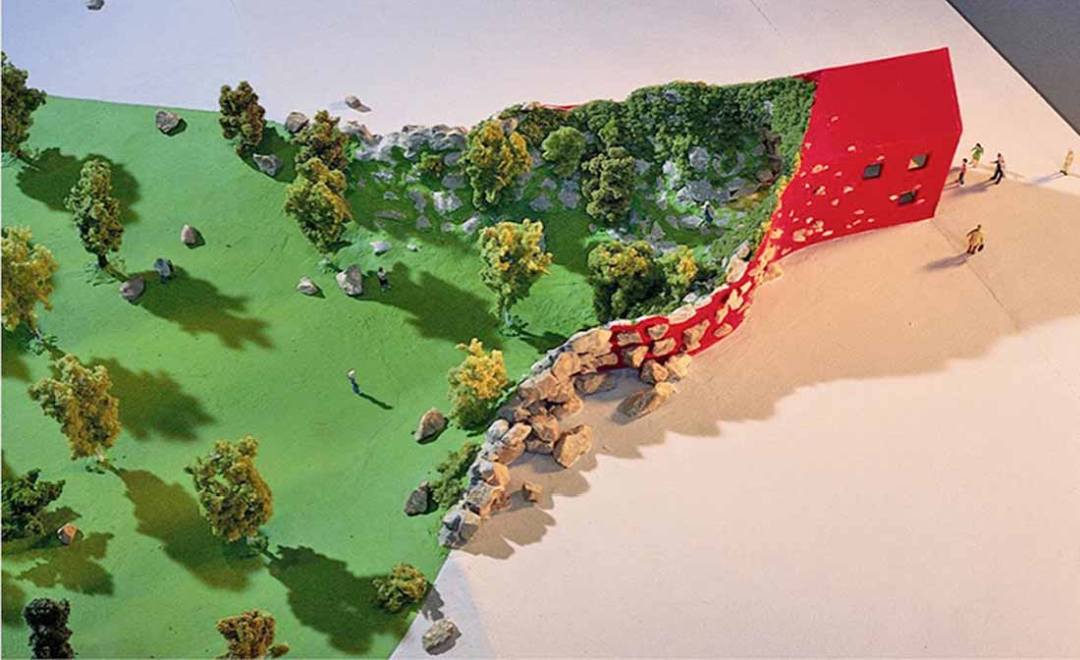Part Nine | Public Space & Non-Place
My challenge from last week was to connect my interest in Urban Development and the city to art and creative practice. This theme is huge in Museum Studies, so my brain went to Richard Florida and his Creative Class, but this has been criticised for conflating too many different industries in his productive sphere, calling it creative, and relying on economic justification for the inclusion of these “creative” professions. When you’re thinking institutionally this isn’t disqualifying as much as an interesting point for discussion, but from an individual artistic perspective it is problematic.
Instead I tried various combinations of place, city, art, creativity, urbanity, which brought me through Nils Udo's mysterious little structures to Marc Auge’s concept of “non-place”.
Non-places have no historical function, little connection to humans and are usually transitional spaces. Auge argues that with the proliferation of these spaces in "Supermodernity", people are always and never at home. One of the most interesting aspects of the non-place, to me, was that it deals only with individuals, thus community is impossible, and these individuals are only granted an identity on entering and leaving. He connects this theory to travellers, touching on the “joys of identity loss”. To Auge (and I agree), certain travellers get a thrill from being the “other”; and a non-place allows them to assume this role in the confines and freedom of a lack of identity, or rather the simplification of identity into a situational reality with no bearing on the individual.
I’m curious how far non-place could apply to the buildings being formed in the areas of Istanbul I’m curious about – to the cold, culturally-ambiguous heights of uninviting luxury apartments waiting to be occupied. However, I noted I was turning away from art and creativity again, and decided to put this line of thought, and my curiosity of if artistic representation can change the nature of a non-place, on the backburner. I also noted I was back in the realm of spatial theory, which often argues that it has served a less-than-privileged position in the conception of urbanity and the city, traditionally focused on societal and historical concerns. I like it here, and I don’t think it’s worth fighting my tendency to gravitate toward the politics and meaning of space, but I need to figure out connect it to creativity and art.
Thinking back to my research on art and the city last year, I was not able to get an article I read out of my head – it argued that public space is inherently democratic, is the site of the struggles between state’s authority and citizens’. I dug through my saved files and couldn’t find it – but will keep searching. I decided from here to focus my search to “art” and “public space”.
This led me to a seminar from October hosted by The New School in New York, which was semi-interesting and highly self-congratulatory, featuring members involved in artistic real-estate, funding and social practice. One speaker worked with The Storefront Project in New York City, and talked about one project that responded to the construction of luxury apartments in their neighbourhood. She discussed their efforts to “contribute locally and speak globally,” stressing cross-urban connections and global partnerships.
However, it was from the speaker for the Kresge Foundation that I got the phrase “creative placemaking”, which is one of the efforts they aim to support. This seems like something I should have come up with before now, especially while randomly combining keywords, but I look forward to exploring it next week, and I think it will go in the right direction.



